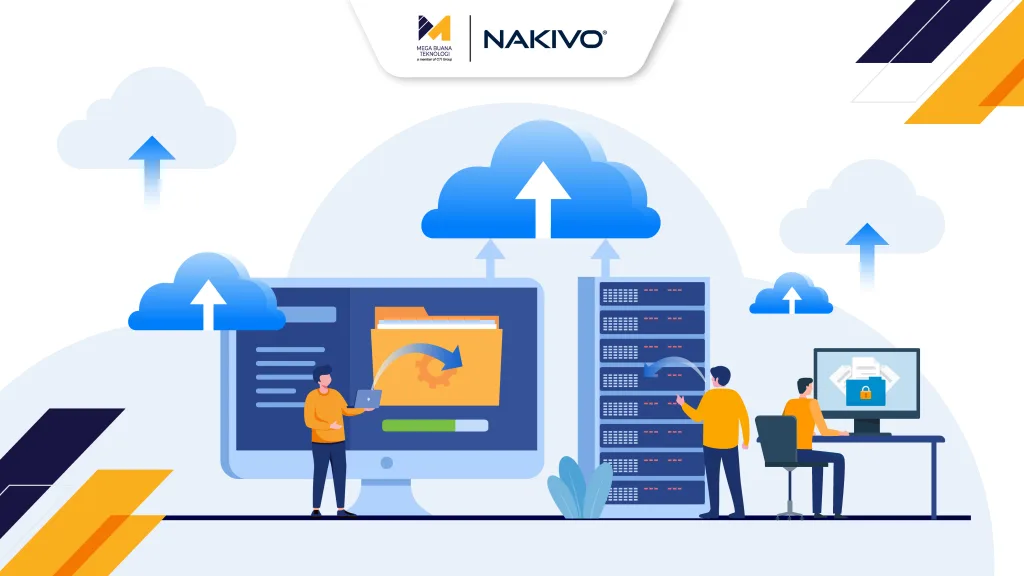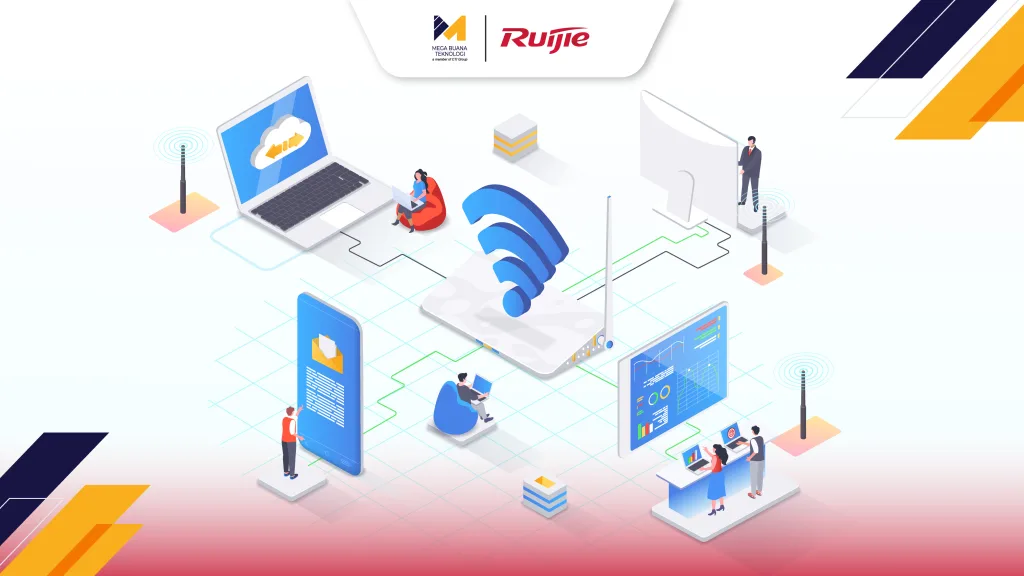The term Machine Learning is increasingly heard in the ever-evolving digital era. As one of the most transformative technologies with the potential to shape the future, Machine Learning has become an integral part of daily life.
Machine Learning, a subset of Artificial Intelligence (AI), enables machines to learn from data, behavior, and trends to make decisions without explicit programming. It can help businesses recommend products tailored to customer preferences or detect fraud in the financial sector. In this article, we’ll delve into the ins and outs of Machine Learning, as well as the challenges of implementing it in business.
What is Machine Learning?
Machine Learning involves developing algorithms and statistical models for computer systems to perform tasks without explicit instructions, relying instead on data, patterns, and algorithms. This technology allows machines to learn autonomously by analyzing data without needing reprogramming and progressively improves accuracy over time.
In other words, Machine Learning has the ability to independently obtain and analyze data to perform specific tasks. ML can study and analyze data based on initial input during development and use specific techniques or methods. This allows it to predict more accurate outcomes by processing large volumes of historical data and identifying patterns.
What are the Differences between Artificial Intelligence and Machine Learning?
While both AI and ML are transformative technologies, they are distinct. AI simulates human intelligence in machines programmed to think and mimic human actions, while ML is a subset of AI focused on developing systems that can learn from data to improve performance.
| Features | Artificial Intelligence | Machine Learning |
| Definition | Simulation of human intelligence in machines. | A subset of AI focused on learning from data. |
| Destination | Completing tasks requiring human intelligence. | Enabling computers to learn from data without explicit programming. |
| Method | Rule-based systems, neural networks, genetic algorithms. | Algorithms like supervised, unsupervised, and reinforcement learning. |
| Application example | Chatbots, recommendation systems, self-driving cars. | Facial recognition, fraud detection, stock market prediction. |
Why is Machine Learning Important in Digital Transformation Era?

Machine Learning is no longer just an additional tool but a foundation for driving growth and unlocking new revenue streams during digital transformation. ML enables businesses to solve challenging problems through data processing to make better decisions.
Here are five key reasons why ML is a key pillar of digital transformation:
- Faster and more accurate analysis of large data volumes: Uncover valuable patterns, trends, and insights for better business decision-making.
- Automation of repetitive tasks: Reduces human error, allowing resources to focus on strategic tasks.
- Personalized recommendations: Delivering products and services that meet customer needs and preferences, enhancing user experience.
- Fostering innovation: From product recommendations to fraud detection and diagnosing diseases.
- Advanced AI development tailored to specific business needs: Including virtual assistants that can interpret voice commands and respond appropriately.
How does Machine Learning Work?
The working mechanism of ML varies based on the learning techniques or methods used. Fundamentally, it revolves around mathematical relationships between data input and output.
Generally, the steps include data collection: to gather relevant data, data exploration to understanding the dataset, model selection to choosing the best technique or model, training the model to feeding data to train the model, and evaluation to analyzing the results and refining the model.
In general, the ML algorithm learning system can work in the following three ways:
- Decision-making process: algorithms are generally used to predict or make classifications based on input data that may or may not be labeled to produce an estimate of a pattern in the data.
- Error function: evaluates the model predictions to make comparison by assessing the accuracy of the model.
- Model optimization process: if the model can better fit the data points in the training set, then the weights are adjusted to reduce the difference between the known examples and the model estimation. The algorithm will repeat the iterative evaluation and optimization process to update the weights automatically until the accuracy threshold is met.
How Businesses Utilize Machine Learning?
To effectively implement Machine Learning, businesses must restructure tasks into separate functions where some can be automated by ML and others require human intervention. Businesses have already begun using ML in the following ways:
Product and Service Recommendation Algorithms
ML learns user behavior and habits when accessing services or applications. This data is used to suggest content like tweets, Facebook posts, and Netflix or YouTube recommendations.
Image Analysis and Object Detectino
Image analysis extracts information such as identifying and differentiating individuals. For instance, mall managers use ML to analyze parking lot occupancy, gauging business performance and customer traffic.
Fraud Detection
By studying spending patterns, login attempts, spam emails, and frequent locations, ML can identify potential credit card fraud.
Automated Customer Service or Chatbots
Many companies now use chatbots for customer interactions. These bots, powered by ML and Natural Language Processing, learn from past conversations to provide accurate responses.
Autonomous Vehicles
Much of the technology behind self-driving cars relies on ML, particularly deep learning.
Medical Imaging and Diagnostics
ML can analyze medical images and other data to diagnose diseases. For example, tools can predict cancer risk based on mammograms.
Machine Learning Use Cases

(alt text: Machine Learning Use Cases)
Machine Learning has been widely adopted across industries:
Manufacturing
Machine Learning supports predictive maintenance, quality control, and logistics optimization.
Healthcare
Advanced sensors generate precise health data, aiding real-time diagnosis and treatment.
Finance
ML enhances risk assessment, enabling investors to identify new opportunities by analyzing market trends, evaluating global investment managers, and calibrating financial portfolios. It also helps detect high-risk loan clients and reduce fraud.
Retail
ML improves customer service, inventory management, and upselling strategies in both online and offline channels.
Media and Entertainment
ML helps media and entertainment companies better understand their audiences, providing personalized and on-demand content. Computer vision, a subset of ML, enables automatic image and video recognition, classification, recommendation, monitoring, and detection.
Computer Vision
Computer vision uses ML to process data accurately for object and face recognition, classification, recommendation, monitoring, and detection. This technology accesses images and videos from sources such as smartphones, traffic cameras, and security systems.
Challenges in Implementing Machine Learning
Despite its advantages, implementing Machine Learning comes with challenges, including:
Technological Singularity
Technological singularity refers to superintelligence, which surpasses the best human brains in all fields, including creativity, general wisdom, and social skills. While superintelligence is not expected to emerge soon, the concept raises debates about using autonomous systems in life and business.
Impact of AI on Jobs
As AI technologies emerge, concerns arise about job loss due to automation. ML shifts job demand to other fields requiring human expertise, particularly for managing complex issues in industries like customer service.
Privacy
Privacy is a significant concern, especially regarding data protection and security. Regulations such as GDPR, CCPA, and Indonesia’s Personal Data Protection Law (UU PDP) require companies to prioritize secure storage and use of customer data to prevent vulnerabilities, surveillance, hacking, and cyberattacks.
Bias and Discrimination
Bias in ML systems raises ethical concerns. From facial recognition software to social media algorithms, biases can lead to racial discrimination and human rights violations.
Accountability
Without specific laws governing AI practices, there are no enforcement mechanisms to ensure ethical AI use. Ethical researchers have developed guidelines to regulate AI’s construction and societal use. However, the lack of foresight regarding potential consequences makes it difficult to prevent harm.
Get a reiable Machine Learning implementation with Mega Buana Teknologi (MBT). MBT offers solutions for implementing Machine Learning effectively with Stellar Cyber OpenXDR and Supermicro.
Stellar Cyber OpenXDR, Machine Learning
Stellar Cyber OpenXDR utilizes Machine Learning to detect anomalies and unknown or risky behaviors, as well as known malicious or risky behaviors where rule-based alerts cannot detect them. This solution offers time to value through immediate integration, detection, and correlation capabilities.
With best practices of broad detection coverage and direct resource collection profiling, Stellar Cyber can automate manual workflows through data pipelines and automation that spans collection, detection, correlation, and response. OpenXDR presents a future-proof security solution with integration and normalization across all data sources. To increase analyst efficiency, OpenXDR operates a platform that combines various capabilities into a single user experience.
Stellar Cyber OpenXDR comes with the following advanced features:
- Automated incident correlation: Provides native, third-party, and custom alerts correlated into incidents, automating investigation and providing immediate context.
- Multi-modal detection: unsupervised ML, supervised ML, rules, and edge detection (e.g.: IDS).
- Simplified data collection: integrated with hundreds of built-in applications with the ability to collect data from on-premises or cloud sources.
- Native sensors: Network-based sensors and server sensors provide visibility across all environments, collecting log sources, and running IDS and malware sandbox at the edge.
- Response: two-way integration to IT and security products for manual and automated actions from Stellar Cyber.
- Multi-tenancy: logical separation between tenants with a single customer instance for MSSP or business unit separation.
Read More: Catat! Ini 4 Alasan Mengapa Bisnis Harus Mengadopsi Cybersecurity Solutions
Supermicro for Machine Learning IT Infrastructure
Supermicro AI/ML comes with a best-in-class hardware platform with a ready-to-use Canonical Distribution of Kubernetes (CDK) for enterprises and software-defined storage capabilities from Ceph. This solution comes with an architecture that integrates network, compute, and storage with a recommended initial implementation that includes single rack capabilities to scale out to many multi-racks as needed.
As an easy-to-use end-to-end AI/ML solution, Supermicro can handle low-level implementation details so developers, data scientists, and IT admins can be more productive with a platform that is perfect for ML training and inference needs. With competitive results and reduced training time, your team can accelerate AI/ML application workloads that require a lot of memory and computing.
Supermicro, with optimized hardware, servers, storage, and networking, and high-performance computing power, comes with an AI/ML infrastructure that can identify trends and patterns in Big Data, while taking appropriate actions for ML workloads. Thus, businesses get better results and more efficient training time. With certified components, Supermicro ensures TCO optimization for the best performance. Leverage Supermicro’s expertise, support, and services that support TensorFlow, KubeFlow, and Kubernetes for more reliable resource utilization.
Reliable Machine Learning Implementation with MBT
It’s time for your business to implement Machine Learning with solutions from Stellar Cyber and Supermicro with Mega Buana Teknologi (MBT). MBT, as part of the CTI Group, is supported by a team of professional, experienced, and certified IT professionals who are ready to assist you in implementing Machine Learning technology according to your business needs.
We will accompany you from the consultation stage to after-sales support to ensure a smooth implementation without trial and error. Consult your needs immediately by clicking this link to consult with the MBT team.
Author: Ervina Anggraini – Content Writer CTI Group




